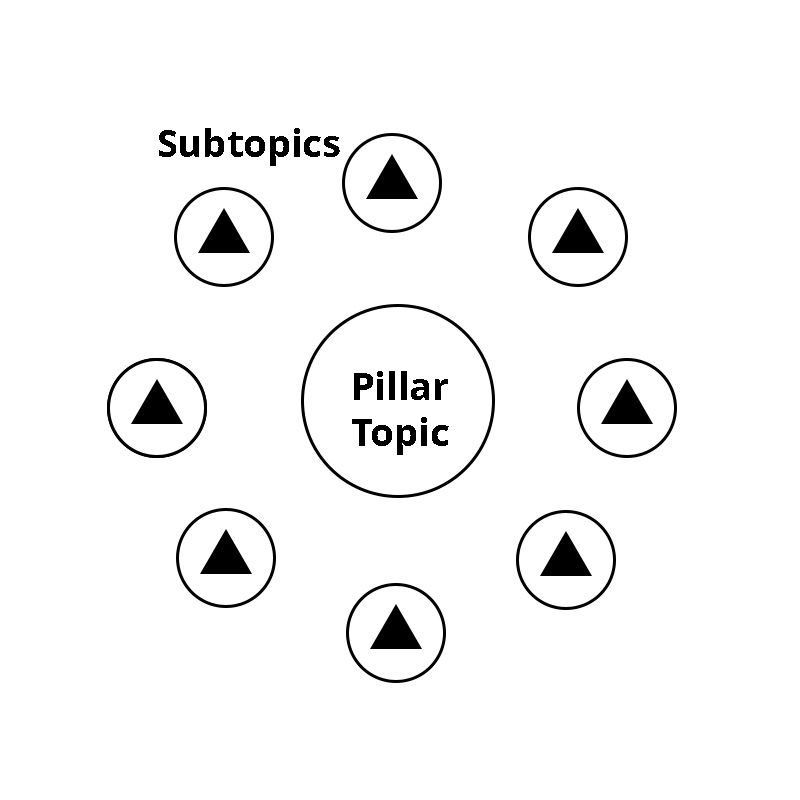Integrate All Your Content into Your Website
Whether one publishes on YouTube or creators a podcast, it is important to include that content on a website too.

Whether you host a podcast, send a newsletter, or upload short-form videos on TikTok, if you want your content creation business to boom, you ought to integrate everything you make into your own website.
Content creators have at least four great reasons for putting all of their content on their website too, including:
- Revenue potential. A creator's website can be a hub from which to sell sponsorships, promote paid memberships, offer ecommerce products, or sell courses.
- Communication. When someone searches for a creator online, say for the purpose of contacting them, what could be better than finding that creator's website and contact form?
- Personal brand. Social media profiles can be robust. A "link in bio" page can be customized, but neither is able to represent a personal brand the way a website can.
- Business safety. With very few exceptions, a creator's website is in no danger of being taken down, but content creators can be "de-platformed" for any number of reasons. Thus, having everything on a website offers a professional creator some level of business safety.
Co-publish All Content
In the best case, a content creator would publish every video, every article, etc., on his or her website first and then repurpose, reuse, and renew that content on various social media and distribution platforms. In real life, however, this doesn't always work. So, one needs to plan to co-publish content.
Let's look at some examples.
YouTube Creator
Imagine a video creator who publishes primarily on YouTube, generating a reasonable revenue share of about $18 per 1,000 views in 2024. This YouTuber has every reason to promote his or her channel and no reason not to also post videos to an owned website.
Here are several ways to repurpose, reuse, and renew that video content on a website.
- Post the video. Embed the video using a player other than YouTube, and include a text transcript for search engine optimization (SEO). As a bonus, post show notes that are not available anywhere else.
- Publish supplemental videos showing "behind the scenes" or "making of" content.
- Create a topic cluster with the original video as the hub and several short but specific articles linking to it.
Podcaster
If a creator's primary channel is an audio podcast published on Apple Podcasts, Amazon, Spotify, and the like, a content reuse plan would look very similar to the YouTuber's tactics.
- Embed the podcast audio. Include a full-text transcript for SEO, and add exclusive show notes.
- Post related material and link back to the embedded podcast.
- Create a topic cluster around the podcast.
Author
Next, consider an author who has a great new book. That book can also be repurposed, reused, and renewed on a website. While one would not want to "give away" the content to the extent that it undercut book sales, it is possible to publish articles or blog posts supporting the book and even encouraging sales.
Again, something like a topic cluster could be used for SEO, drawing folks to the author's website and possibly generating another book sale.
Topic Cluster
Topic clusters have been mentioned a few times, so it is worth our time to describe them briefly here at the end of this article.
Topic clusters, an SEO strategy, improve site architecture, help search engines discover important pages, and boost rankings.

At its most basic, a topic cluster features a "pillar page," which is a long-form article that provides a comprehensive overview of some topic. Think about a broad and authoritative introduction to the given topic. The pillar page is an excellent place to embed videos or podcasts, as mentioned above.
Surrounding the pillar page are subtopic pages. Where the pillar page is broad, these pages are deep, providing details that would have been a distraction on the pillar page, but which are nonetheless important to a complete understanding of the given topic.
Each subtopic page will link to the pillar page, using similar or even identical anchor text. In turn, the pillar page links to each subtopic page with an appropriate keyword phrase as the anchor text.
Get It All
A website should be a content creator's hub. It should integrate and accentuate the creator's work.